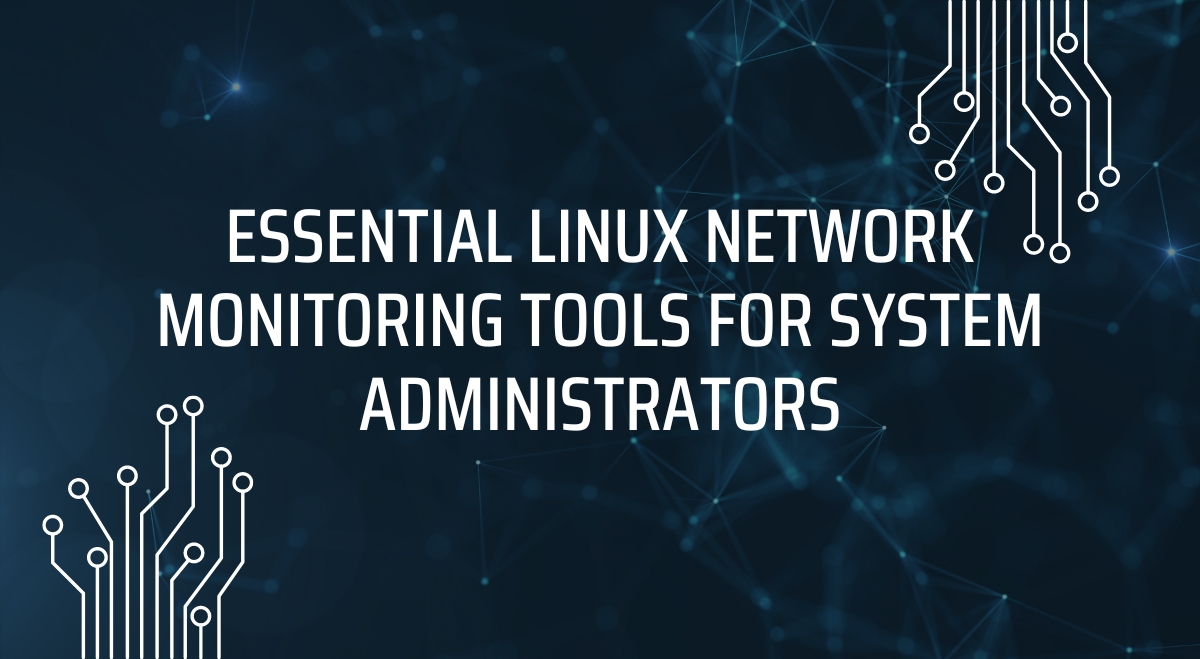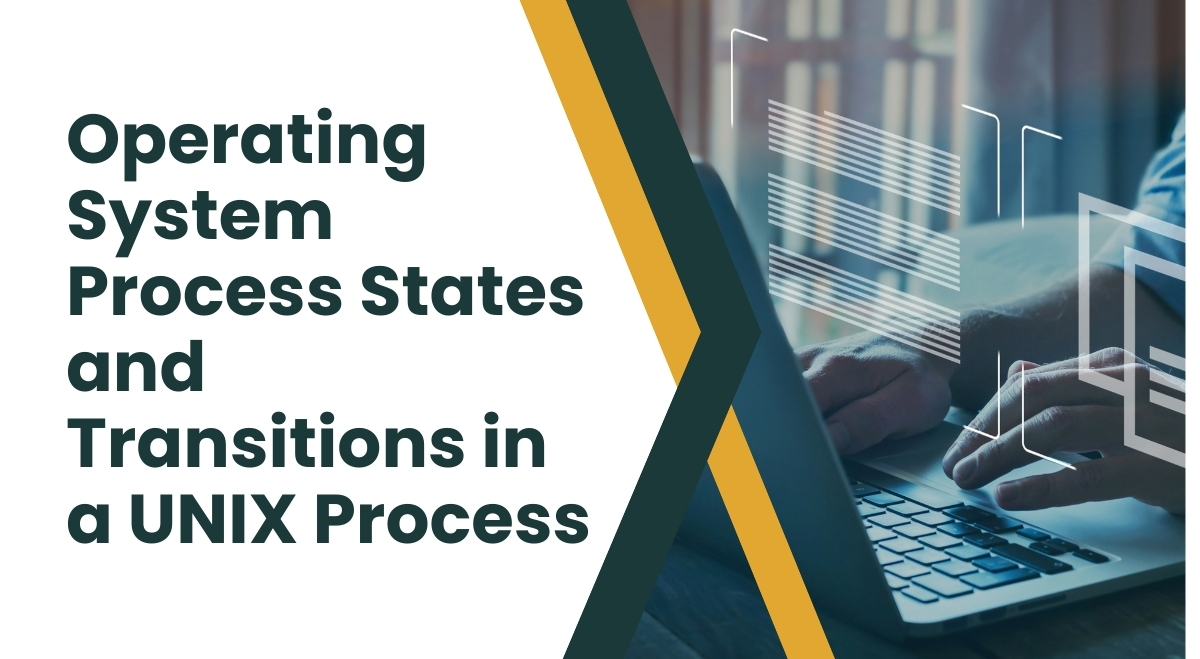Linux is a powerful operating system that offers users deep control over their computing environment. At its core are several key components that work together to provide this functionality: the terminal, console, shell, and kernel. Understanding these concepts can help you become a more proficient user and troubleshooter, even if you primarily use a graphical interface. What is a Terminal? A terminal is a text-based interface that allows users […]










